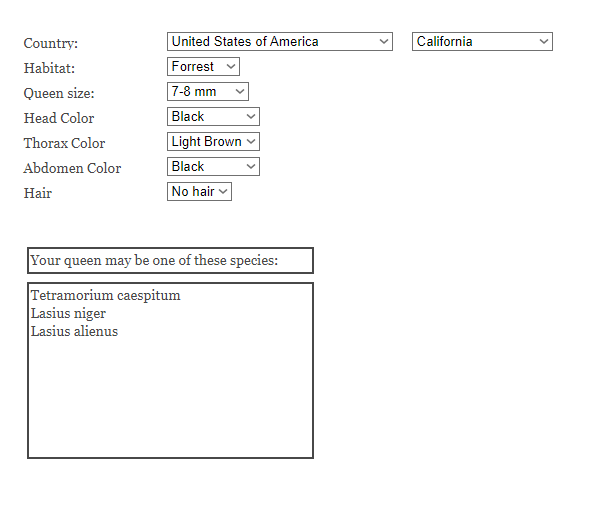This has been rattling around in my mind for a while now. Requests for ant identifications are very common,, likely one of the most common posts here Although I do not mind helping determine what ant is being dealt with I am not one to just hand out an Id willy nilly. I like to see some homework being done first. So with that in mind I have a couple of thoughts.
1. Research the ants in your area. Ant wiki, antmaps and ant web are great places to start. You can easily get an idea of what genera occur near you which leads to point number two
2. Research the ants in your area. Once you have figured out what your options are, go see what literature is available for those groups. There are great bodies of literature out there, a large percentage of which is available online these days.
Some groups are easier to Id than others, you may have to be content with a genus Id.
3. Get yourself some sort of half way decent magnification tool. Decent scopes are not overly expensive these days, most cameras and some phones can provide some decent macro images.
4 Learn some ant anatomy, If you want to get an Id you have to know what part of the ant you are talking about, esp if trying to describe it to someone else.
Last but not least, learn the freakin proper names for the genus/species your are talking about, I can guarantee you with 100 percent certainty if you ask a real professional myrmecologist about tetra this and fraggle a great many of them are going to look at you like you are a complete idiot and not give you the time of day.




















